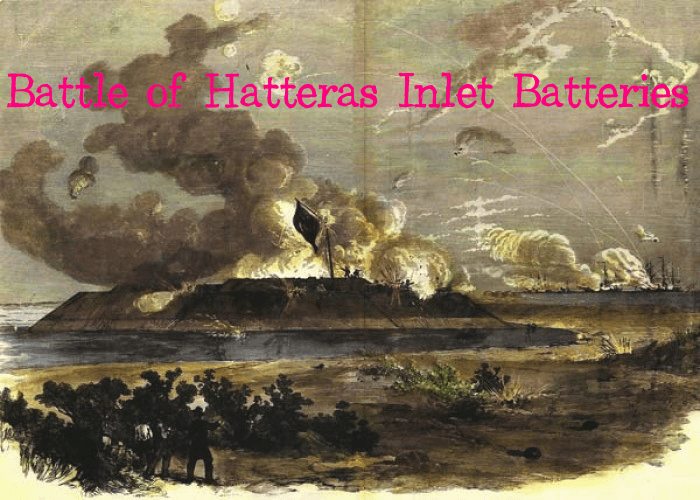Battle of Hatteras Inlet Batteries
Battle of Hatteras Inlet Batteries As might be expected, the Battle of Hatteras Inlet Batteries was an amphibious offensive. Led by Major General Benjamin Butler… Read More »Battle of Hatteras Inlet Batteries
Battle of Hatteras Inlet Batteries As might be expected, the Battle of Hatteras Inlet Batteries was an amphibious offensive. Led by Major General Benjamin Butler… Read More »Battle of Hatteras Inlet Batteries
